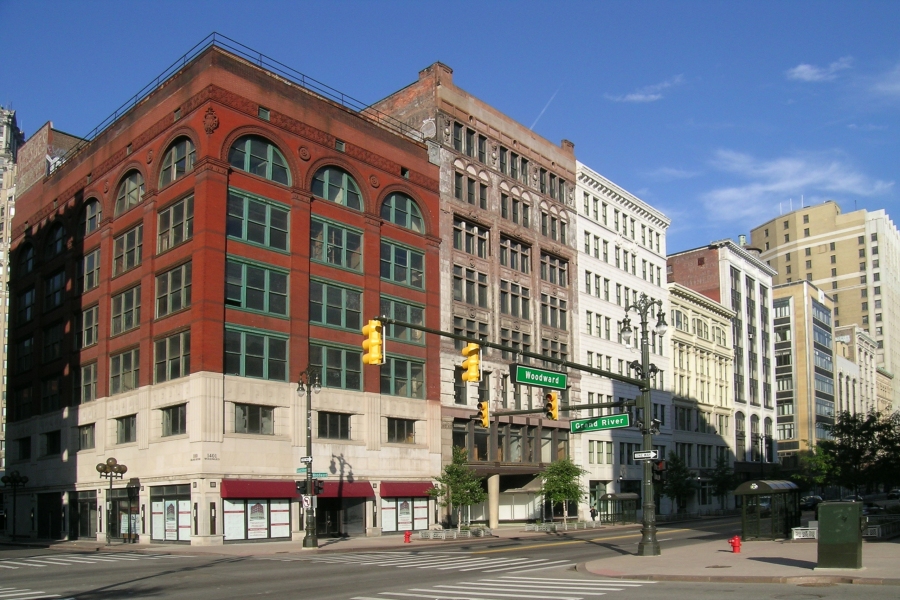7888Views 0Comments

Protecting Your Commercial Building’s Foundation: The Importance of Waterproofing and Common Methods Used
The foundation of your commercial building is crucial to the safety and stability of the structure. Waterproofing your foundation is one of the most important ways to protect it from damage. There are a few different methods to waterproof your foundation, and each has its benefits. You can choose the right way to keep your foundation safe and sound for your commercial building’s needs.
The importance of waterproofing your commercial building’s foundation
Protecting your commercial building’s foundation is essential for its longevity and a safe environment for your employees. Commercial foundation waterproofing is necessary to protect the foundation’s integrity and prevent water from entering other parts of the building.
Regularly inspecting and waterproofing the exterior, interior walls, and other areas susceptible to moisture can help you identify potential issues early on, allowing you to make necessary repairs before further damage occurs. Many standard methods are used to waterproof foundations, such as ensuring good drainage, repairing any cracks with patches or sealants, applying coatings like epoxy resin and bitumen paint, or installing membrane liners. Taking these steps now can save you money in the long run by avoiding costly repairs due to damage caused by moisture seeping into your building’s foundation.
Standard methods are used to waterproof a foundation.
Waterproofing a commercial building’s foundation ensures its structural integrity over the long haul. Fortunately, there are a variety of methods available to achieve this goal. Standard waterproofing techniques include installing below-grade barriers or coatings such as sheet membranes, spray-applied or trowel-on laminates, hydraulic cement mixtures, sealants, and compressing compressible strip systems beneath door frames. Depending on the structure of the building and regional environmental factors, a combination of these techniques may be most effective for providing lasting protection against stubborn moisture intrusion problems. By taking proactive measures with proper waterproofing techniques, commercial property owners can rest assured that their investment is safe over time.
Why it’s essential to have a professional inspect your building regularly
Keeping the foundation of a commercial building safe and secure is essential for its long-term success, so it’s vital to have an expert inspect the building periodically. Regular monitoring can help you identify potential issues with waterproofing or other structural problems before they get out of hand and lead to costly repairs. A professional inspection from a qualified expert involves checking for signs of water damage, leaks, structural degradation, and more. Any identified issues can then be assessed in more detail and fixed accordingly. Keeping tabs on the condition of your building with regular inspections helps ensure that all systems are working as expected – essential for protecting against costly disasters down the road.
How to spot the signs of water damage in your building
Water damage can significantly harm a commercial building’s foundation, so you must pay attention to the signs. Exterior signs include efflorescence around the foundation, peeling paint near the base, masonry cracks, and concrete erosion. Inside your building, be aware of warped flooring or ceilings, mold near windows or other damp areas, and rotting wood anywhere in the building. It’s also important to be mindful of musty smells or strange noises from the walls or plumbing. Taking note of these indicators early on can help you avoid more severe issues in the future and save on costly repairs.
Tips for preventing water damage to your foundation
If you own a commercial building, it’s in your best interest to ensure its foundation’s longevity by preventing water damage. One method of protection that works to keep your foundation dry is waterproofing. Waterproofing is a process that helps make foundations and other structures less permeable and resistant to water penetration. It can be applied by painting or spraying the surface with a liquid membrane or wrapping the form in plastic sheets or tar paper before backfilling. Other standard techniques include flashing, gutters, downspouts, and drainage tiles around the perimeter of a building’s foundation that direct water away from fragile areas. As well as decreasing wear and tear on your structure, investing in preventative measures like these will help keep your possessions safe for years to come!
The consequences of neglecting to waterproof your foundation
Neglecting to waterproof your commercial building’s foundation can lead to severe consequences for your business. Water intrusion and moisture collecting within the foundation of a commercial property can cause structural damage, mold growth, and compromised air quality, all of which have the potential to create major headaches and costly repairs in the future. Failing to waterproof your building could also negatively impact your business’s bottom line, causing physical harm. Proper prevention is critical; without it, homeowners, businesses, and tenants will be vulnerable to significant losses that could have been prevented with basic waterproofing techniques.
Waterproofing your foundation is one of the most important things you can do to protect your commercial building. Many different methods can be used to waterproof a foundation. Still, it’s essential to have a professional look at your facility regularly to ensure there is no water damage. If you see signs of water damage in your building, you should take immediate action to prevent further damage. These steps can help avoid costly repairs and keep your commercial facility in good condition for years.


